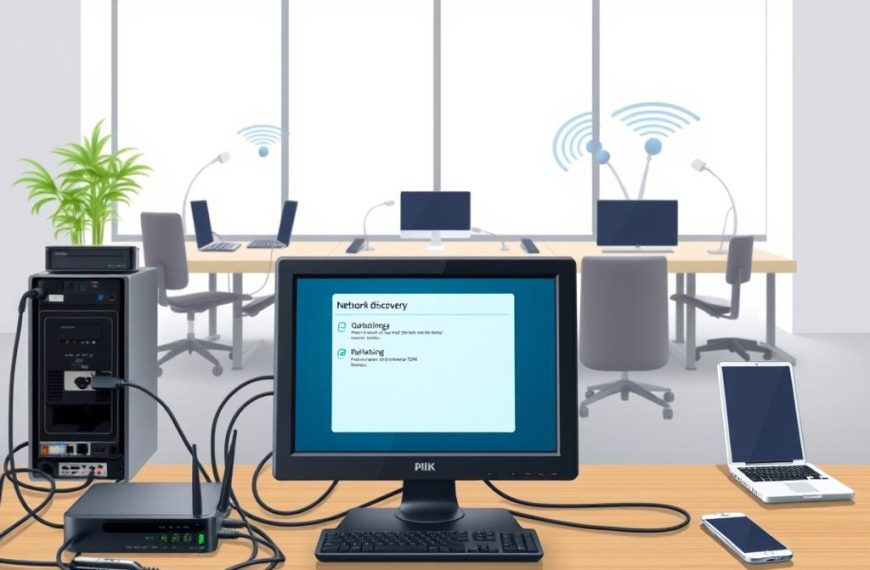Computer System Validation (CSV) is vital for quality assurance in the pharmaceutical industry. It ensures data integrity throughout product lifecycles. CSV is crucial for maintaining reliable and consistent information.
CSV is a documented process that ensures computer systems work as intended. Computer system validation in pharmaceuticals guarantees digital platforms meet strict operational standards. This safeguards product quality and patient safety.
CSV protects the complex ecosystem of drug development and distribution. It helps pharmaceutical organisations reduce risks and improve efficiency. CSV also ensures compliance with FDA guidelines and GAMP standards.
Modern pharma companies see CSV as more than just a requirement. It’s a strategic approach to maintaining technological excellence. The validation process covers design, installation, operation, and performance reviews.
Understanding CSV is essential for professionals in pharmaceutical innovation. As regulations change, mastering validation principles becomes crucial for success. CSV helps companies stay ahead in this complex industry.
Introduction to Computer System Validation in Pharma
Advanced computing has transformed pharmaceutical manufacturing. Computer System Validation (CSV) ensures precision, reliability, and regulatory compliance in drug development and production. It’s a critical framework for the industry.
CSV manages technological systems in regulated pharmaceutical environments. Computerised systems now play key roles across multiple manufacturing stages.
- Research and Development
- Production processes
- Clinical trials
- Analytical testing
- Distribution networks
The Technological Transformation of Validation Practices
The FDA defines CSV as a documented process ensuring consistent system performance. Regulatory requirements have driven advancements in validation methods. Pharmaceutical manufacturers now adopt rigorous validation protocols.
Key Components of Validation Strategy
A comprehensive CSV approach includes several critical elements:
- Systematic documentation
- Rigorous risk assessment
- Thorough testing protocols
- Effective change management
Regulatory Framework Insights
The FDA and European Medicines Agency enforce strict CSV guidelines. These frameworks prevent errors, data breaches, and violations that could harm product quality. They aim to protect patient safety above all.
The ultimate goal of CSV is protecting public health through meticulous technological validation.
AI and machine learning are now used to improve validation processes. This shows the industry’s commitment to innovative tech solutions.
What is Computer System Validation in Pharmaceutical
Computer System Validation (CSV) is vital in the pharmaceutical industry. It ensures computer systems meet specifications and fulfil their purpose. This approach safeguards data integrity and maintains high-quality control standards.
CSV verifies and documents that computer systems perform as expected. In pharmaceuticals, this process is crucial for regulatory compliance and patient safety.
- Verifies system functionality and reliability
- Protects critical data integrity
- Ensures compliance with regulatory standards
Regulatory bodies like the FDA have required CSV since 2003. They recognise its crucial role in pharmaceutical manufacturing. CSV involves thorough testing and documentation.
It demonstrates that computer systems consistently produce accurate and reliable results.
| CSV Component | Primary Purpose |
|---|---|
| Installation Qualification (IQ) | Confirms proper system installation |
| Operational Qualification (OQ) | Validates system functionality |
| Performance Qualification (PQ) | Ensures system meets specific requirements |
Robust CSV practices help pharmaceutical companies reduce risks and prevent errors. They also maintain high-quality control standards. The validation process is not just a regulatory requirement but a fundamental approach to ensuring the reliability and effectiveness of computerised systems.
Regulatory Requirements and Compliance Standards
Computer system validation (CSV) in pharmaceuticals involves complex regulatory frameworks. Companies must follow strict standards to ensure data integrity, patient safety, and product quality.
Global health authorities shape CSV regulations. These standards guide the management of computerised systems in pharmaceutical manufacturing and research.
FDA 21 CFR Part 11 Requirements
FDA’s 21 CFR Part 11 sets rules for electronic records and signatures. It covers system validation, data reliability, security controls, and audit trails.
- Validation of electronic systems
- Ensuring data authenticity and reliability
- Implementing robust security controls
- Maintaining comprehensive audit trails
EU GMP Annex 11 Guidelines
EU GMP guidelines provide a framework for computerised systems in pharmaceuticals. They focus on key areas of system management and data protection.
- Risk management strategies
- Data integrity protection
- Validation documentation requirements
- System lifecycle management
GAMP 5 Framework and Implementation
GAMP 5 offers a structured approach to CSV. Pharmaceutical organisations can leverage this methodology to streamline their validation processes while maintaining regulatory compliance.
Effective regulatory compliance is not just about meeting standards, but about protecting patient safety and ensuring product quality.
Pharmaceutical companies must adapt their CSV processes to changing regulations. They need to integrate best practices and innovative validation techniques.
The CSV Lifecycle Model
Computer System Validation (CSV) ensures quality assurance in pharmaceutical systems. It’s a structured method that meets regulatory standards for computer systems. CSV guarantees systems perform their intended functions precisely.
The CSV lifecycle has several interconnected stages. These stages work together to maintain system integrity and reliability.
- Concept and Planning Phase
- Requirements Specification
- Design and Development
- Validation Testing
- Implementation
- Ongoing Maintenance
Each stage is crucial for high-quality pharmaceutical computer systems. The lifecycle model examines and documents every aspect of the system thoroughly.
| CSV Lifecycle Stage | Primary Objective | Key Activities |
|---|---|---|
| Concept Phase | Define System Requirements | Risk Assessment, Business Needs Analysis |
| Design Phase | Create System Architecture | Detailed Specifications, Compliance Planning |
| Testing Phase | Verify System Performance | Validation Testing, Documentation |
| Maintenance Phase | Ensure Continuous Compliance | Regular Audits, System Updates |
Pharmaceutical organisations use CSV to reduce risks and maintain high standards. The validation process ensures systems meet regulatory requirements. It also delivers reliable performance in computer systems.
Effective CSV implementation transforms computer system management from a compliance requirement to a strategic advantage in pharmaceutical development.
Validation Process and Documentation
The computer system validation process requires careful planning and thorough documentation. Pharma firms must meet strict rules and technical standards.
A validation master plan is crucial for CSV documentation. It outlines key elements for system reliability and compliance.
Validation Master Plan Development
Creating a solid validation master plan needs strategic thinking. It must cover all essential aspects.
Key components include system scope and intended use. Identifying stakeholders, risk assessments, and timelines are also vital.
- Defining system scope and intended use
- Identifying key stakeholders and users
- Conducting thorough risk assessments
- Establishing clear validation timelines
Qualification Processes
CSV qualification involves three crucial stages. Each stage has a specific purpose.
| Qualification Type | Primary Objective |
|---|---|
| Installation Qualification (IQ) | Verify system installation meets specified requirements |
| Operational Qualification (OQ) | Confirm system functions according to designed parameters |
| Performance Qualification (PQ) | Validate consistent performance in operational environment |
Reporting and Documentation
Thorough CSV documentation records every step of the validation process. Detailed records demonstrate compliance and provide a full audit trail.
A systematic approach to validation ensures data integrity. It also reduces risks and maintains high quality and safety standards.
Common Challenges and Risk Management
CSV challenges in pharma require strategic risk assessment. Rapid tech advancements make industry risks more complex. Legacy systems and AI create unique validation hurdles that need innovative solutions.
Computer system validation goes beyond traditional documentation. Cybersecurity threats have increased the need for robust risk management. Organisations must balance regulatory compliance with technological adaptability.
Effective risk assessment includes thorough vendor audits. It also considers the potential impact on patient safety. Companies must invest in specialised expertise and training programmes.
Scalable CSV solutions can help pharma firms boost efficiency. These solutions also mitigate compliance risks and ensure data integrity. A proactive risk-based approach can turn CSV into a strategic advantage.
Flexible validation frameworks are key. They should adapt to changing tech landscapes. At the same time, they must maintain high quality and safety standards.










